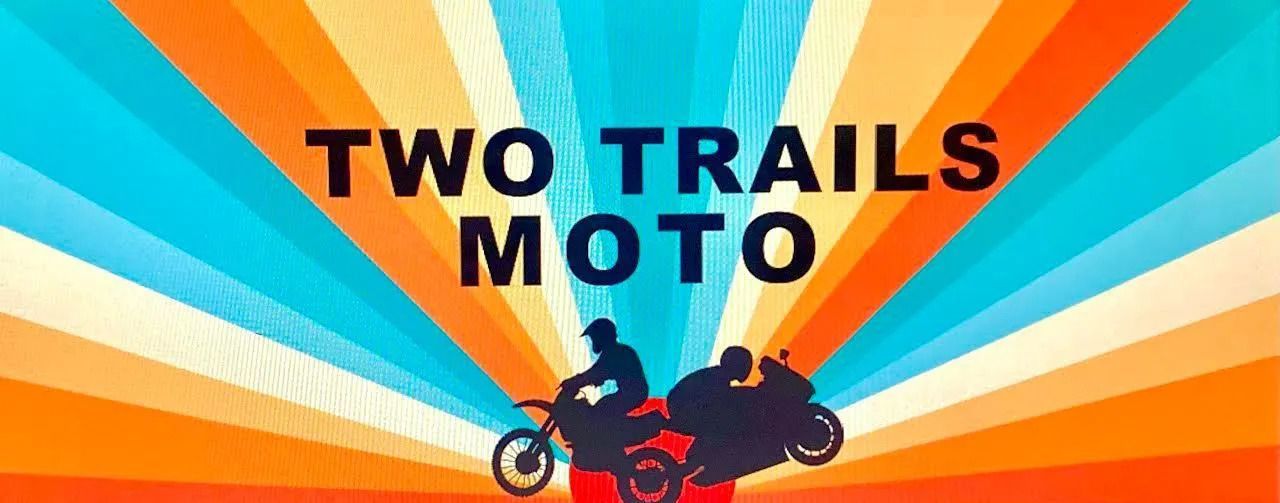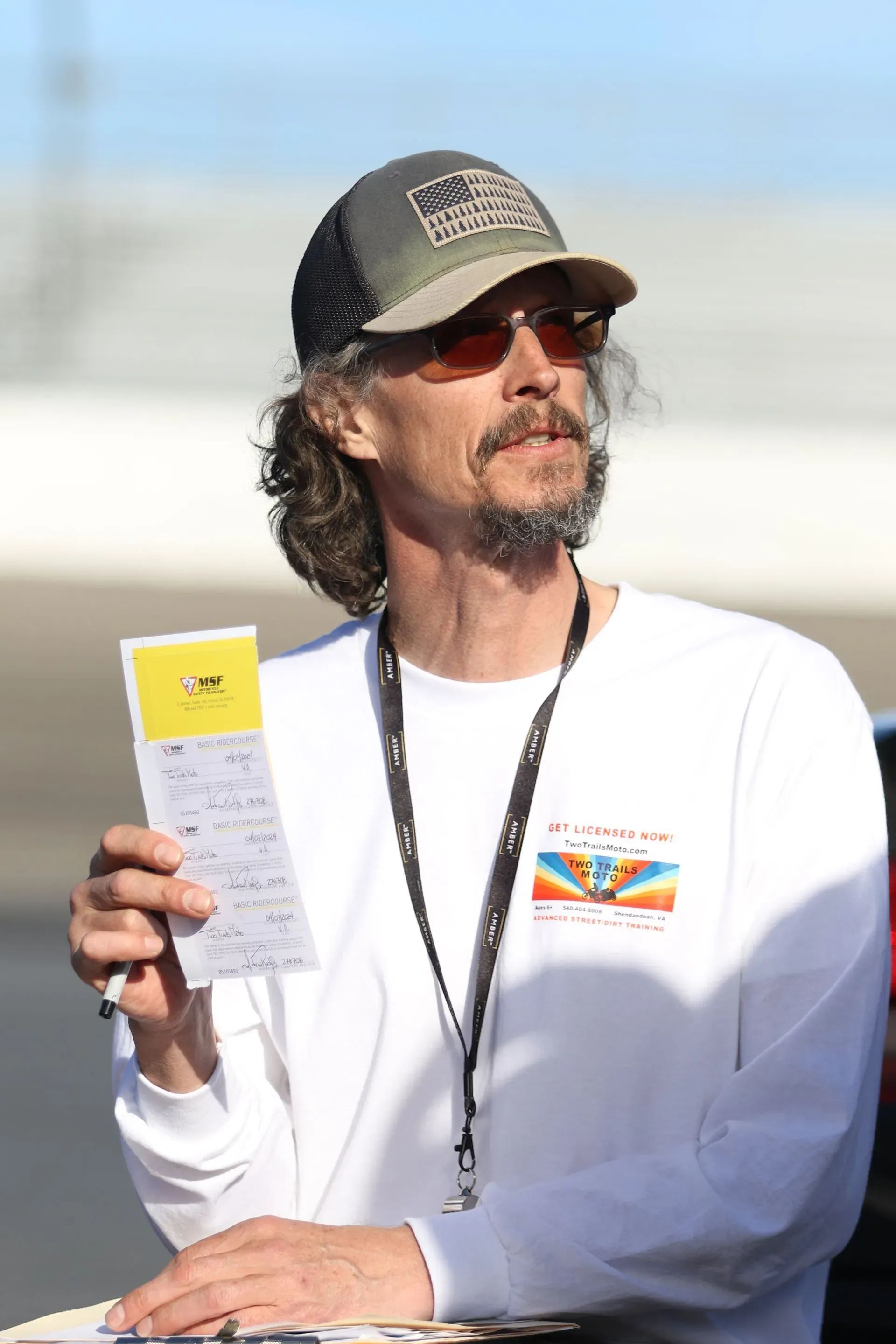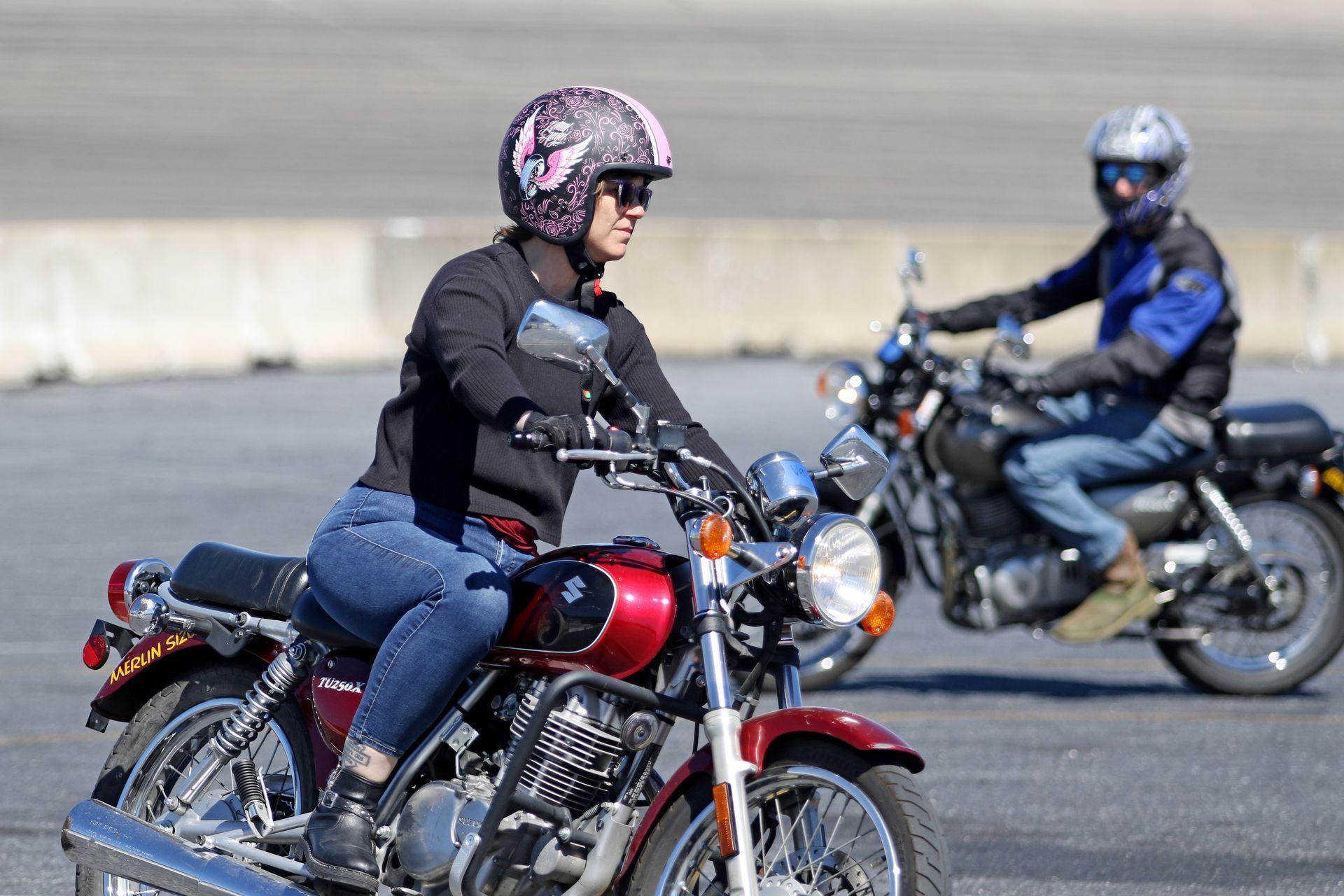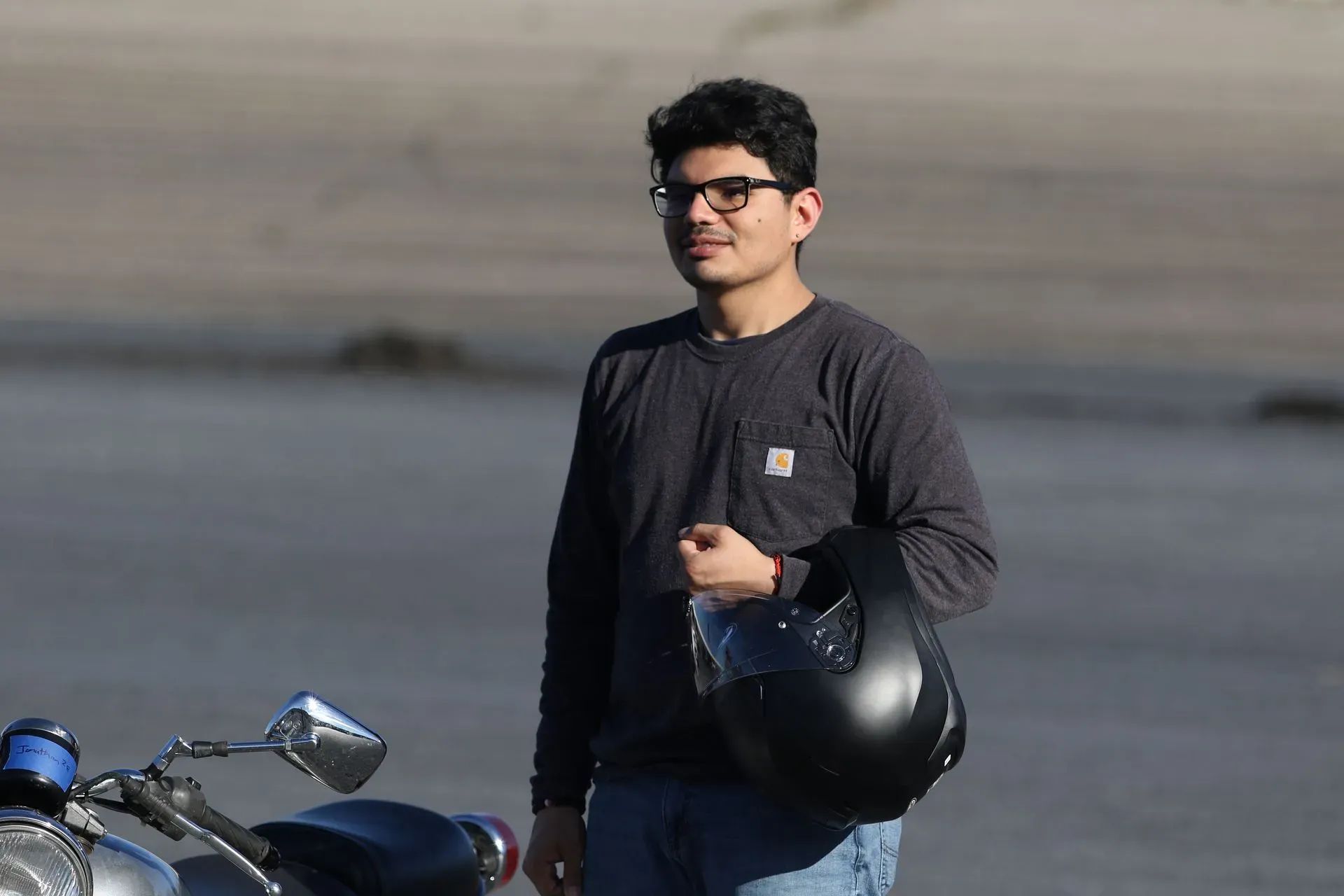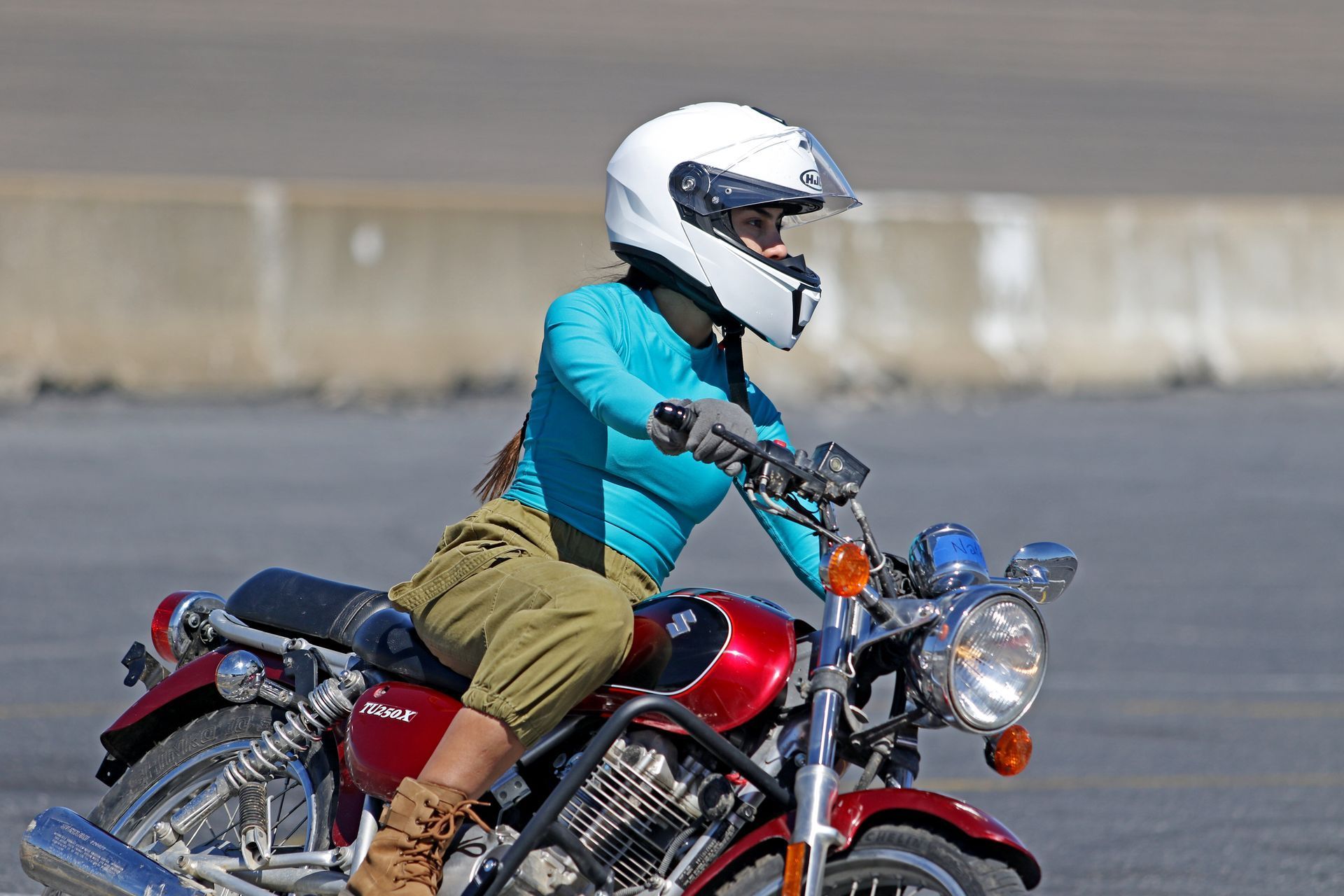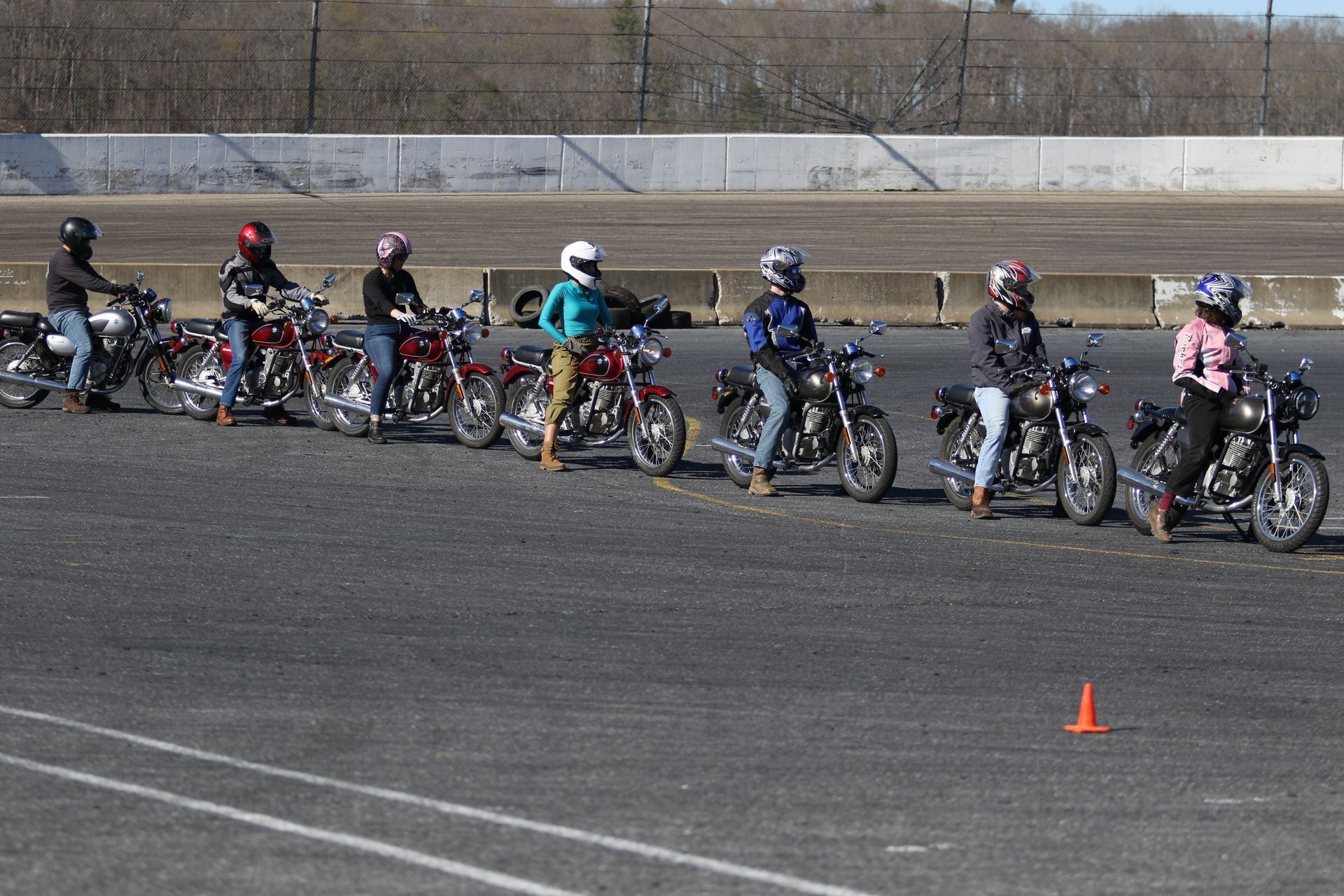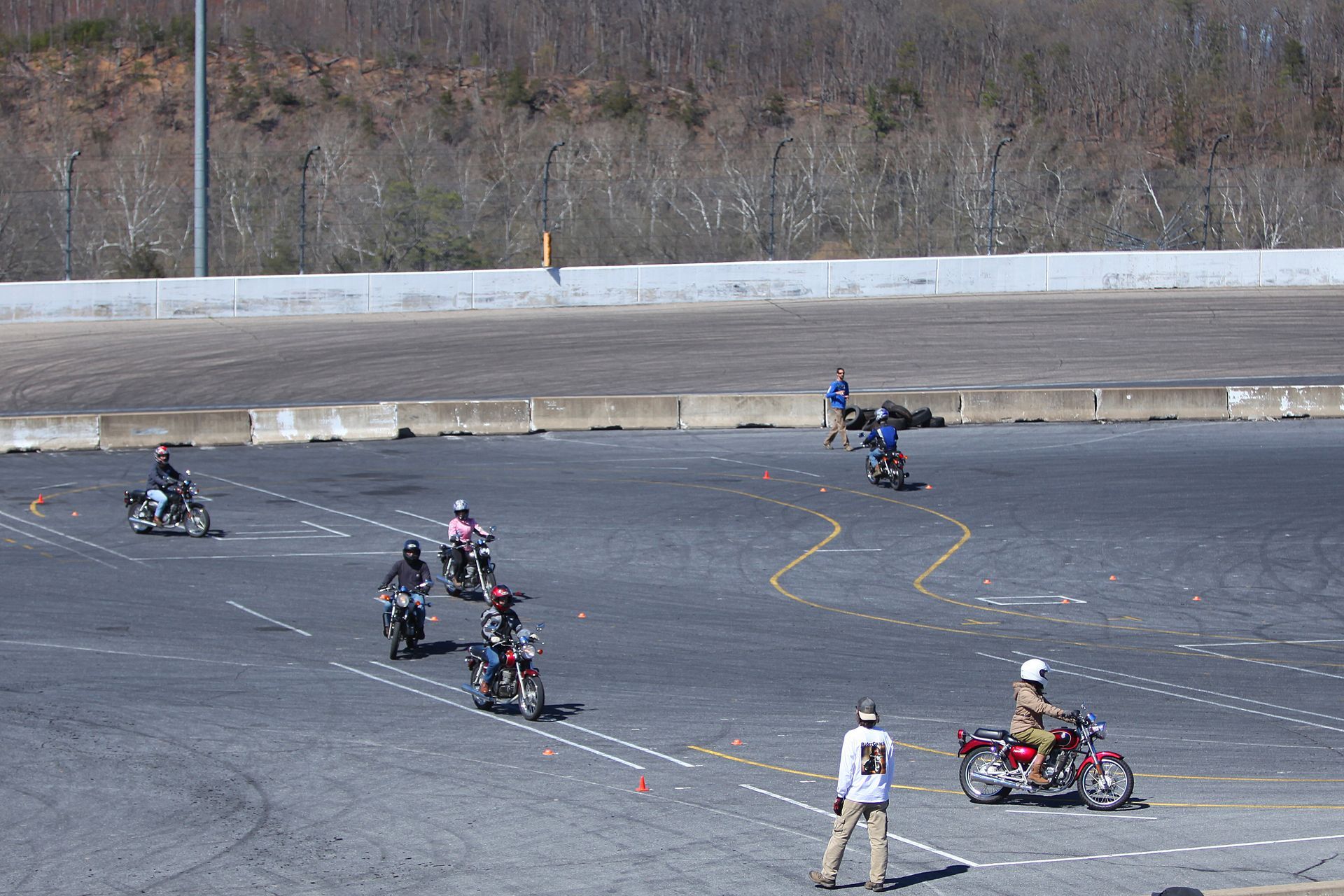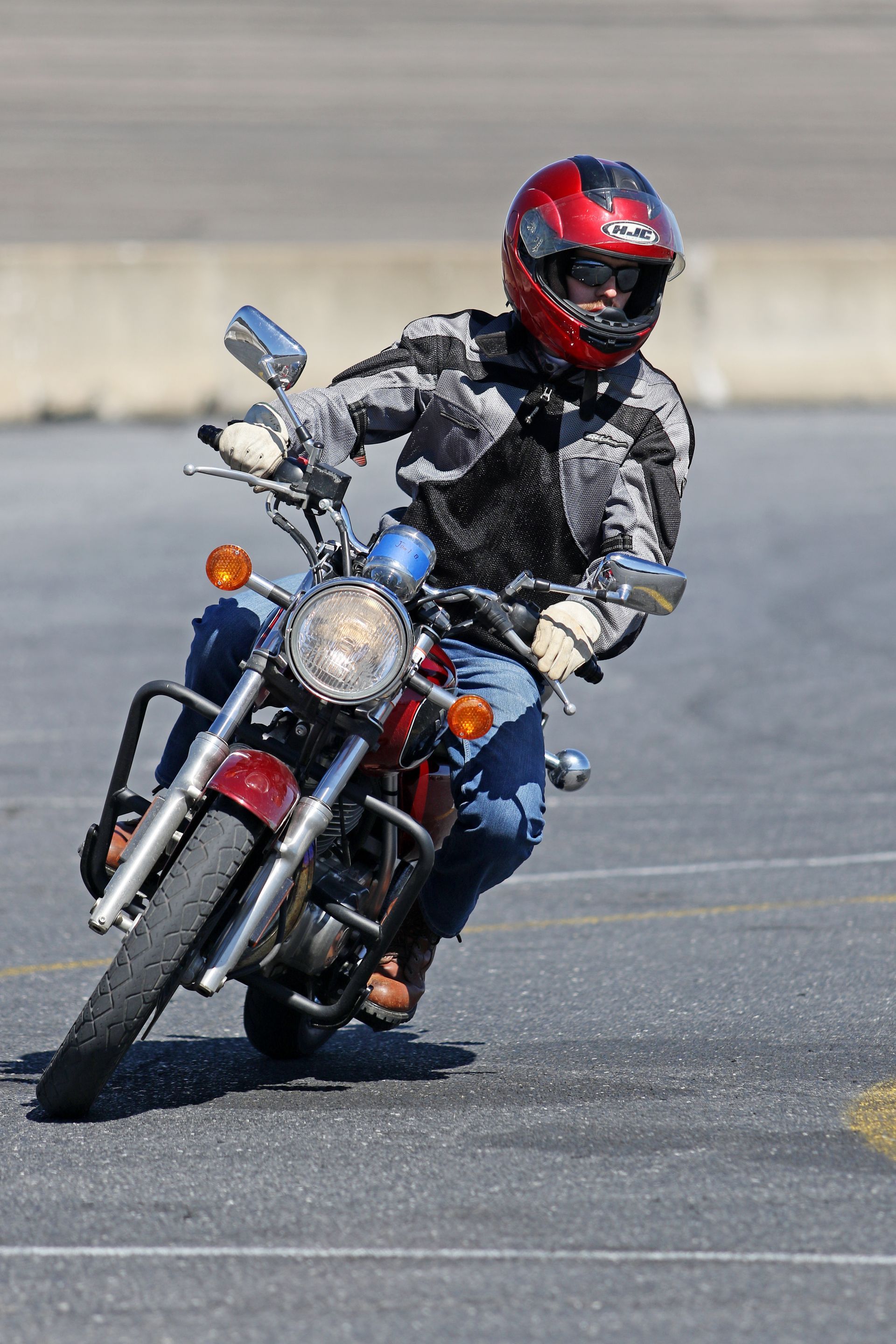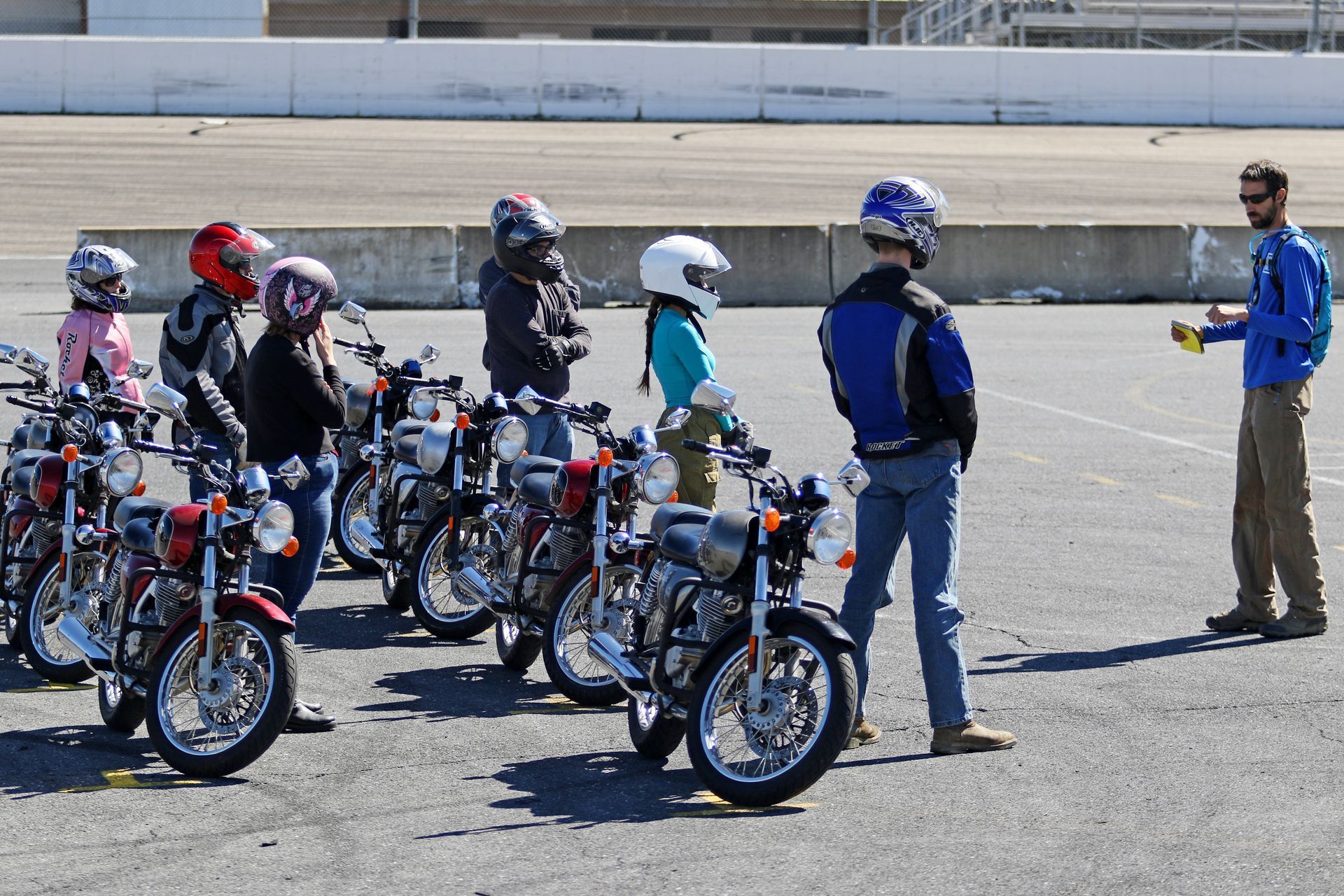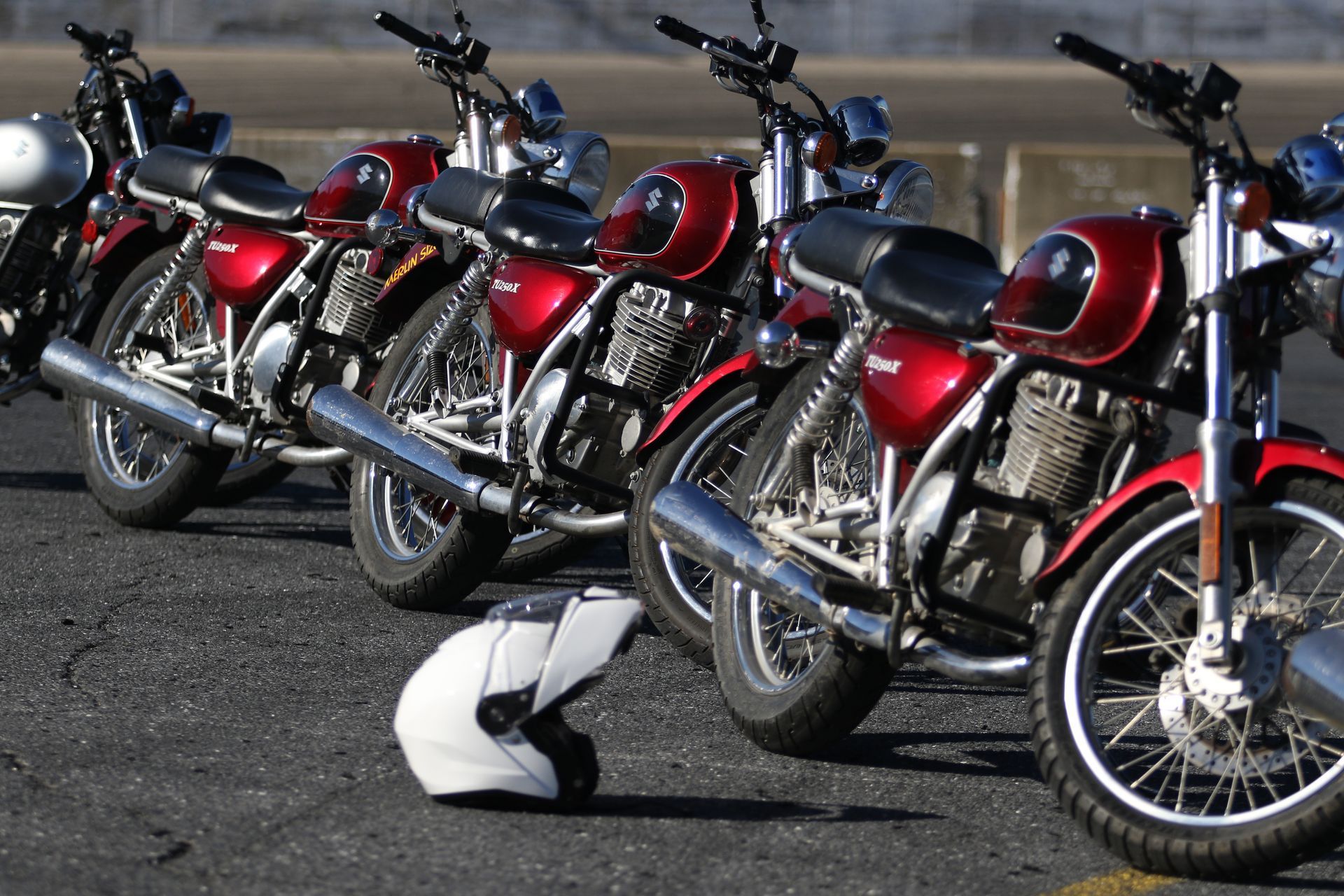Ages 15 ½ + What to Expect
- 5 Hour E-course at your own convenience online before the class.
- 6 Hours Over 1 day or
- 11 Hours over 2 day of hands on Motorcycle Experience
Should I take a One Day or Two Day class?
- One day classes are designed for riders who Know How to ride. Can you Answer yes to all of these?
- Can you Shift, Brake, Accelerate smoothly?
- Do you have Excellent Control of the Clutch?
- Do you have dirt bike experience, Racing or been riding dirty (without a license) for a while and need to get one?
If in Doubt take a Two day class you will get more instruction time.
Why Choose Two Trails Moto for Your Motorcycle License
- Expert Rider Coaches: Our certified instructors have years of experience guiding new riders to success. (what can we say we are obsessed)
- Master the Essentials: We focus on core skills like braking, shifting, maneuvering, and road awareness in a safe, controlled environment. We take a step by step approach top building skills. No one was born an expert.
- Focus on Learning: Take the stress out of using your own motorcycle. We Provide a quality well maintained Motorcycle.
Our motorcycles are insured we do not charge students for crash damage like other schools!!!
Deaf Classes with an interpreter
2025 Classes available with an American Sign Language interpreter April 30-May 1 , June 14-15, October 11,12 . Anyone can sign up for these dates. Please let us know if you are deaf.
- VA DMV Skills Test Waiver: Successful completion waives the DMV skills test in Virginia
Students over 19 The certificate will act as a license for 30 days. You Have one year to take it to DMV to be placed on your License.
Students under 18 you will need to hold a learners Permit for 9 months.
- Insurance Discounts: Many insurance companies offer discounts to graduates of MSF-approved courses. Typically 5-20%
For students who think they may need more help or our nervous we recommend starting with a Introductory Motorcycle Experience Class or a Dirt Bike School class first.
Pre-Requisites
- Able to balance and ride a bicycle if its been a while go ride it to be sure.
- Possess either a driver’s license or motorcycle learner’s permit
Steps to get your motorcycle license in Virginia
- 1. Decide if you are ready for a new exciting experience
- 2. Sign up for your class Introductory motorcycle experience or Basic Rider Course
- 3. Complete online E-Course for The Basic Rider Course
- 4. Ride your bicycle around to make sure you are still comfortable with keeping basic balance
- 5. Gather all required gear drinks and snacks
- 6. Arrive 15 min early to your class to complete paperwork
- 7. Take a deep breath we are here to have fun! Being a little nervous is normal this is a beginner course.
- 8. Follow instructions or our Step by step building block approach. We are teaching one skill at a time.
- 9. At the end we will take the skills test. This test is skills you have already practiced for two day!
- 10. Receive M2 license Waiver upon successful Completion.
- 11. Take License waiver to DMV and have them put on your license
- 11A students under 19 will need to have a learners permit for required time. This can be taken before or after the class at the DMV.
- 12. Let your Insurance company know you have passed this class
- 13. Practice on your bike Consider an Advanced level Class.
- 14. Make memories that will last a lifetime
What to Bring
Plenty of water
Snacks
Rain Gear
Helmet and Gloves
What You Must Wear
- DOT-compliant helmet
- Eye protection
- Long-sleeve shirt or jacket
- Long, non-flare pants made of denim or equivalent or more durable material
- Over-the-ankle boots (sturdy, not canvas)
- Full-finger gloves, preferably leather
Basic Rider Course Curriculum
Here is a list of the 15 hands-on riding exercises in the course:
1. Motorcycle Familiarization
- Review T-CLOCS pre-ride inspection
- Identify location and operation of important controls and major parts
- Review mounting / dismounting procedures
- Review elements of good posture
2. Using the Friction Zone
- Become skilled in using the clutch friction zone for control
3. Starting & Stopping Drill
- Coordinate the friction zone, throttle, and brakes to control the motorcycle
- Start out and stop with precision and control
4. Shifting & Stopping
- Shift gears and stop smoothly
5. Basic Skill Practice
- Refine low-speed maneuvering skills
- Refine throttle use and brake manipulation for corners
6. Pressing to Initiate and Adjust Lean
- Understand the maneuvering elements needed for negotiating curves
- Experience the effects of handgrip pressure and handlebar movement to initiate and adjust lean
7. Stopping More Quickly & Tight Turns from a Stop
- Develop a feel for progressive braking pressure to stop more quickly without skidding
- Practice making a sharp turn from a stop
8. Stopping Distance Demonstration
- Observe a demonstration of the reaction / braking parts of total stopping distance
- To understand effects of speed on braking distance
- To relate the results to intersection strategies
9. Limited-Space Maneuvers
- Refine maneuvering skills to allow turns in limited spaces
- Learn the counterweighting technique
10. Stopping in a Curve
- Learn to maintain control while stopping in a curve
- Understand traction management
11. Curve Judgment
- Improve skills for negotiating multiple curves
- Understand the “search-setup-smooth” strategy
12. Multiple Curves & Lane Changes
- Practice negotiating curves and lane changes
- Understand safety margins and gap selection
13. Crossing an Obstacle & Swerving
- Learn techniques for crossing over obstacles
- Execute a basic swerve
- Practice turning from a stop
- Refine slow-speed weaves
14. Skill Practice
- Capstone exercise that combines a variety of maneuvers
15. Skill Test
- To assess basic skills using a cone weave, normal stop, turning from a stop, U-turn, quick stop, obstacle swerve, and cornering maneuver
- To demonstrate basic motorcycle control skills and ability to avoid an obstacle
- To demonstrate ability to use the proper technique to negotiate a curve
